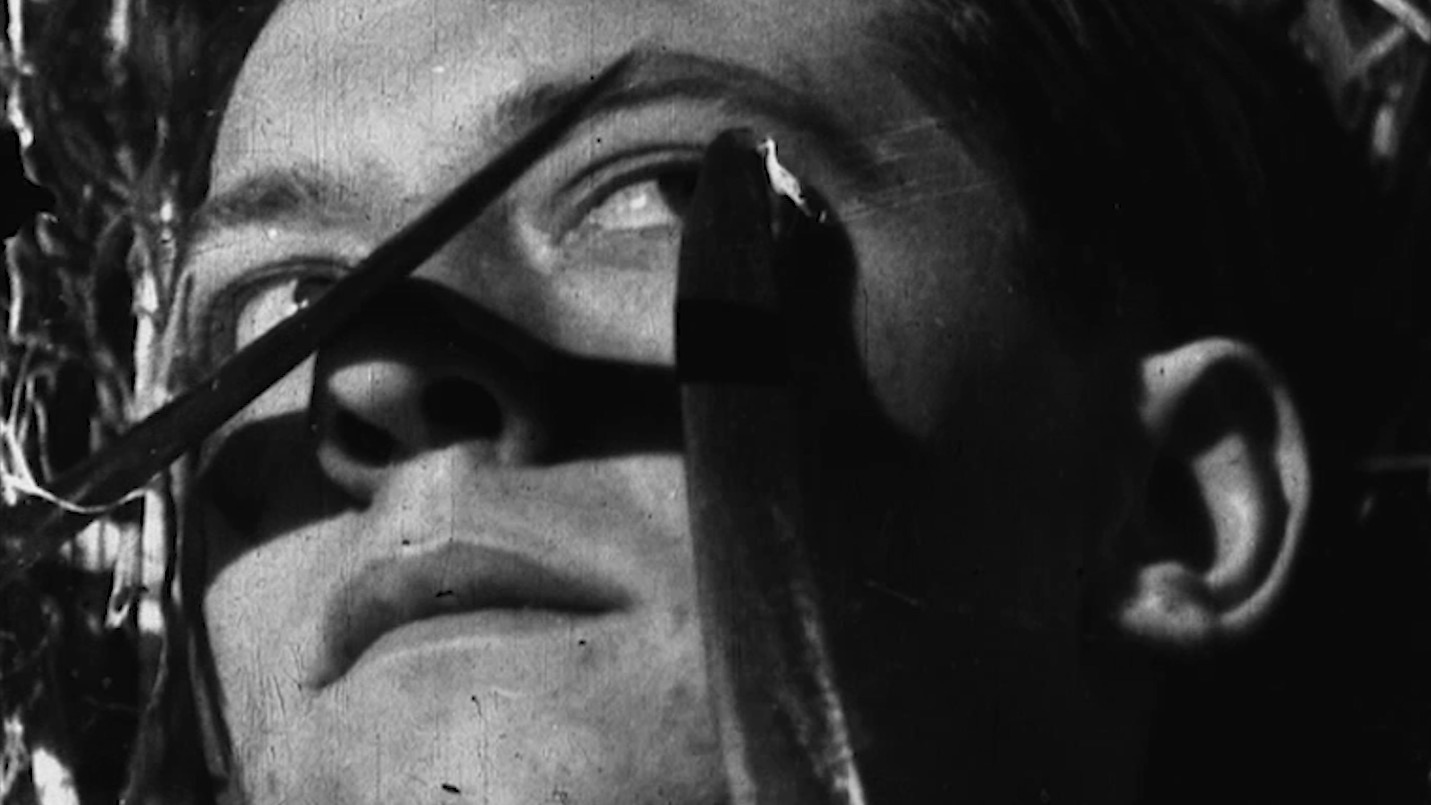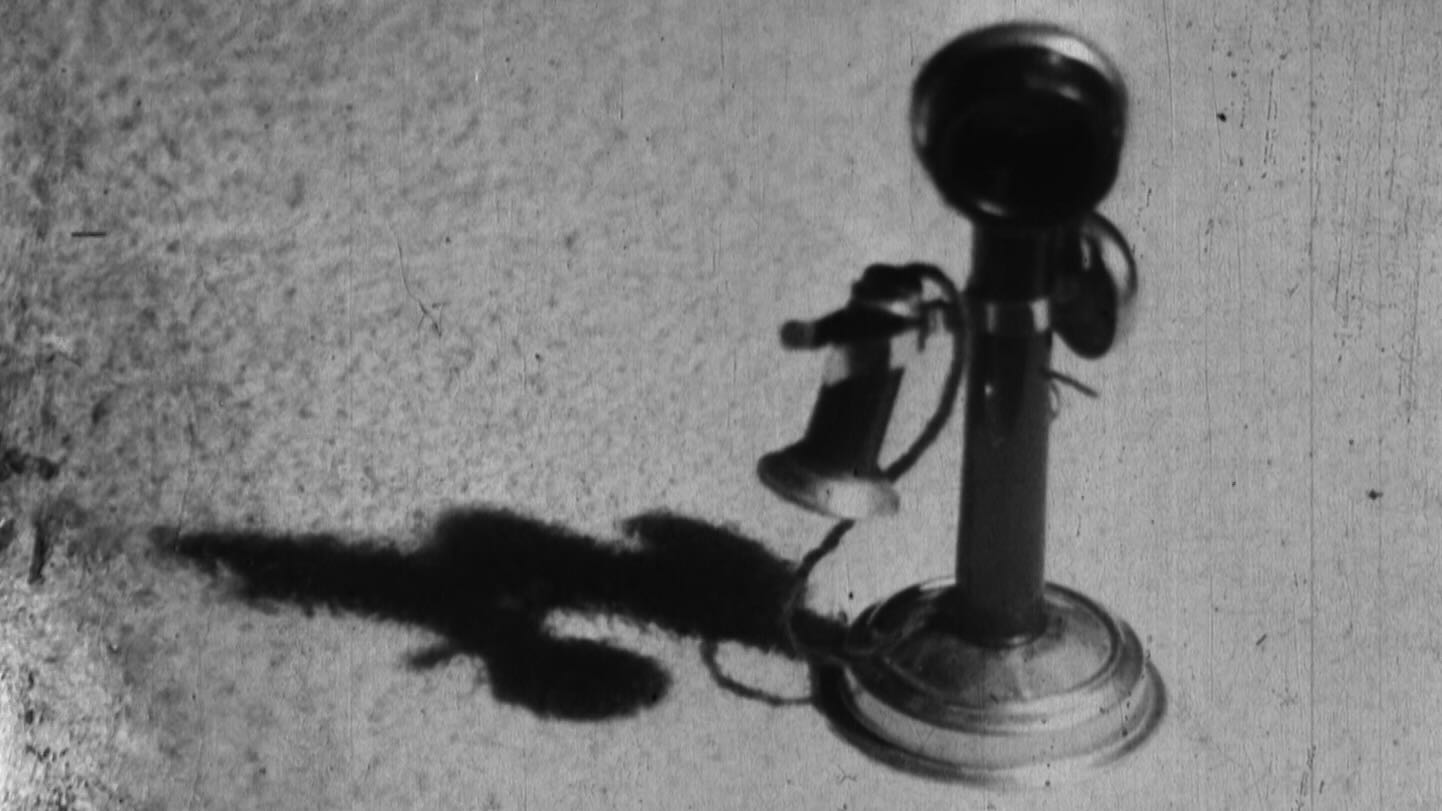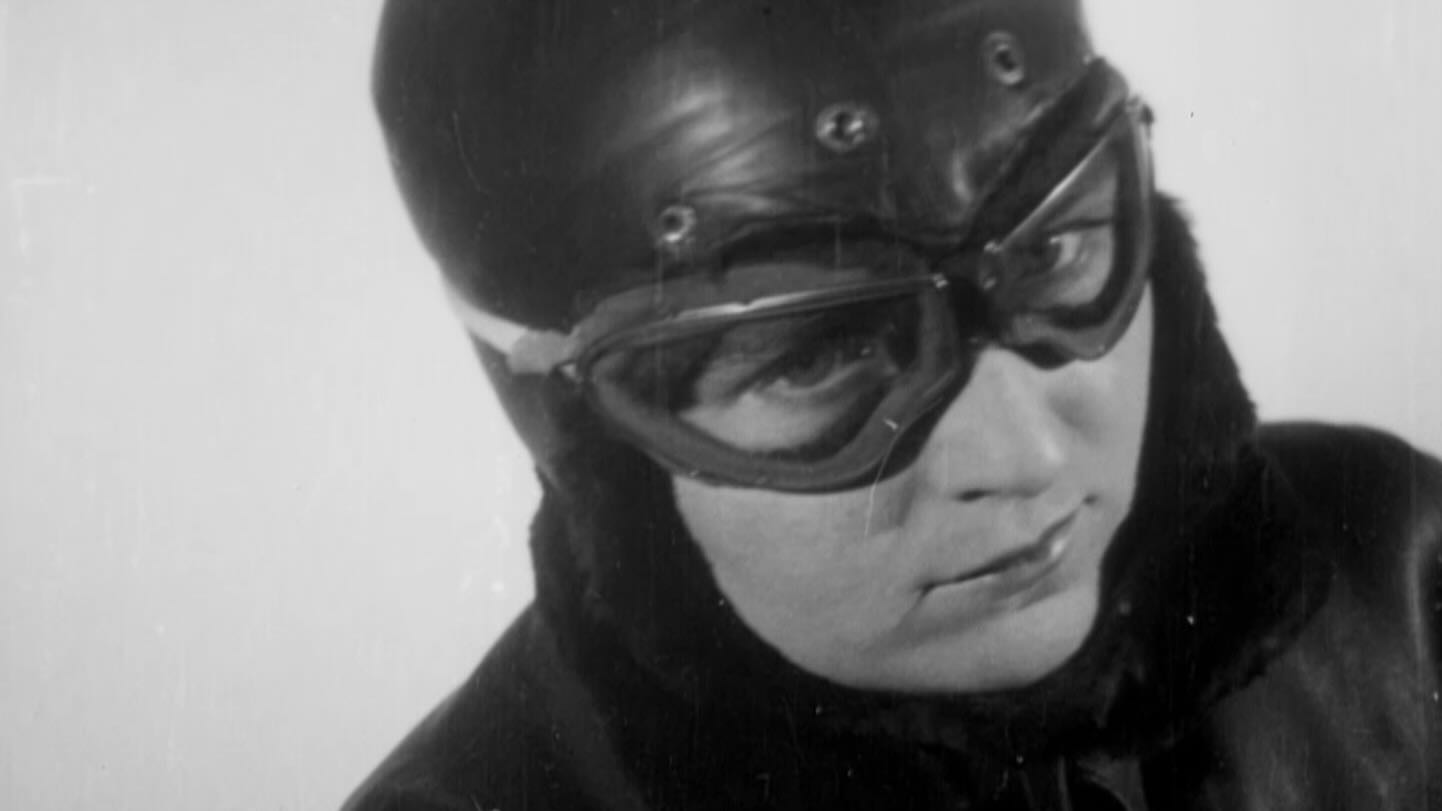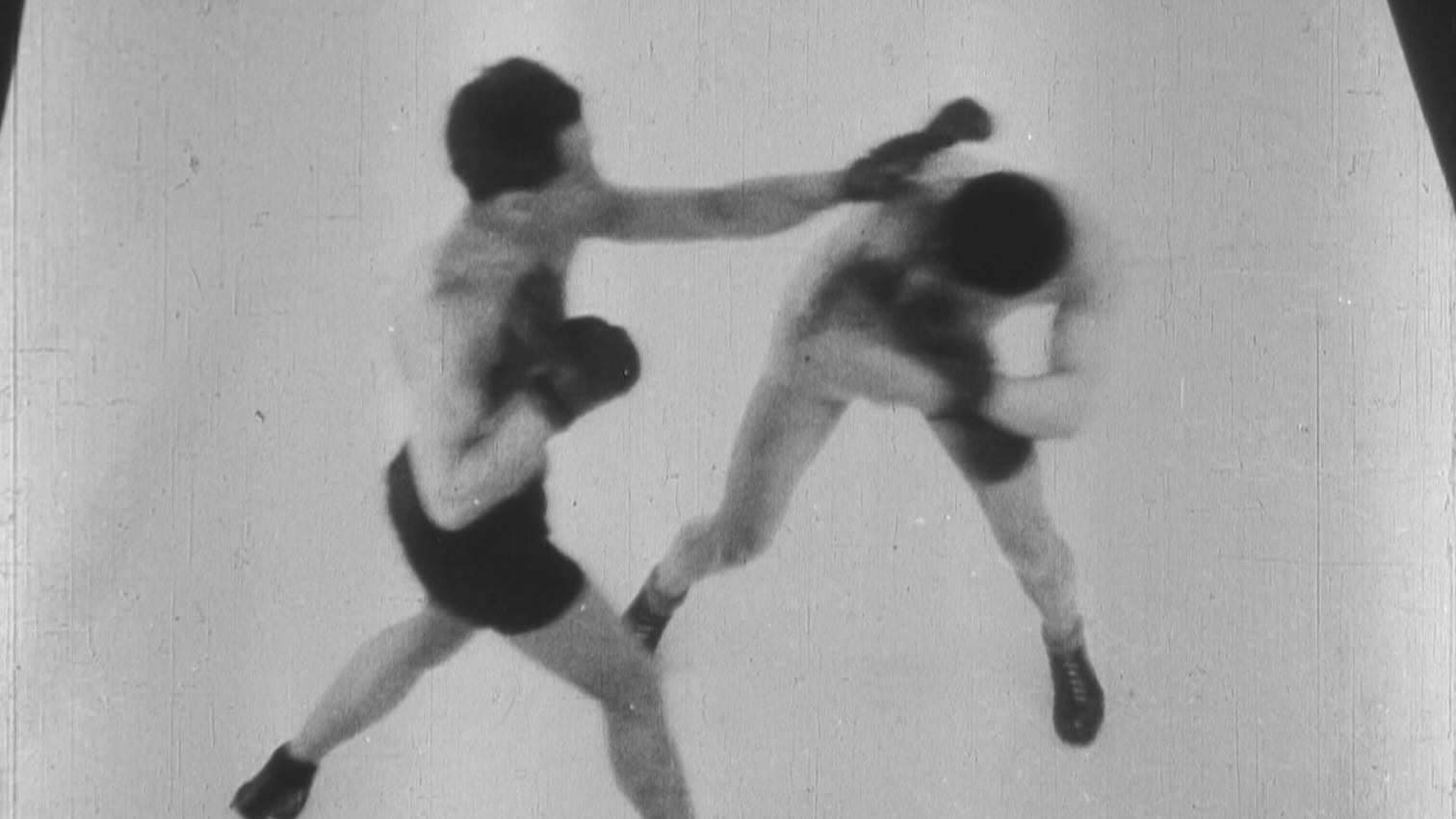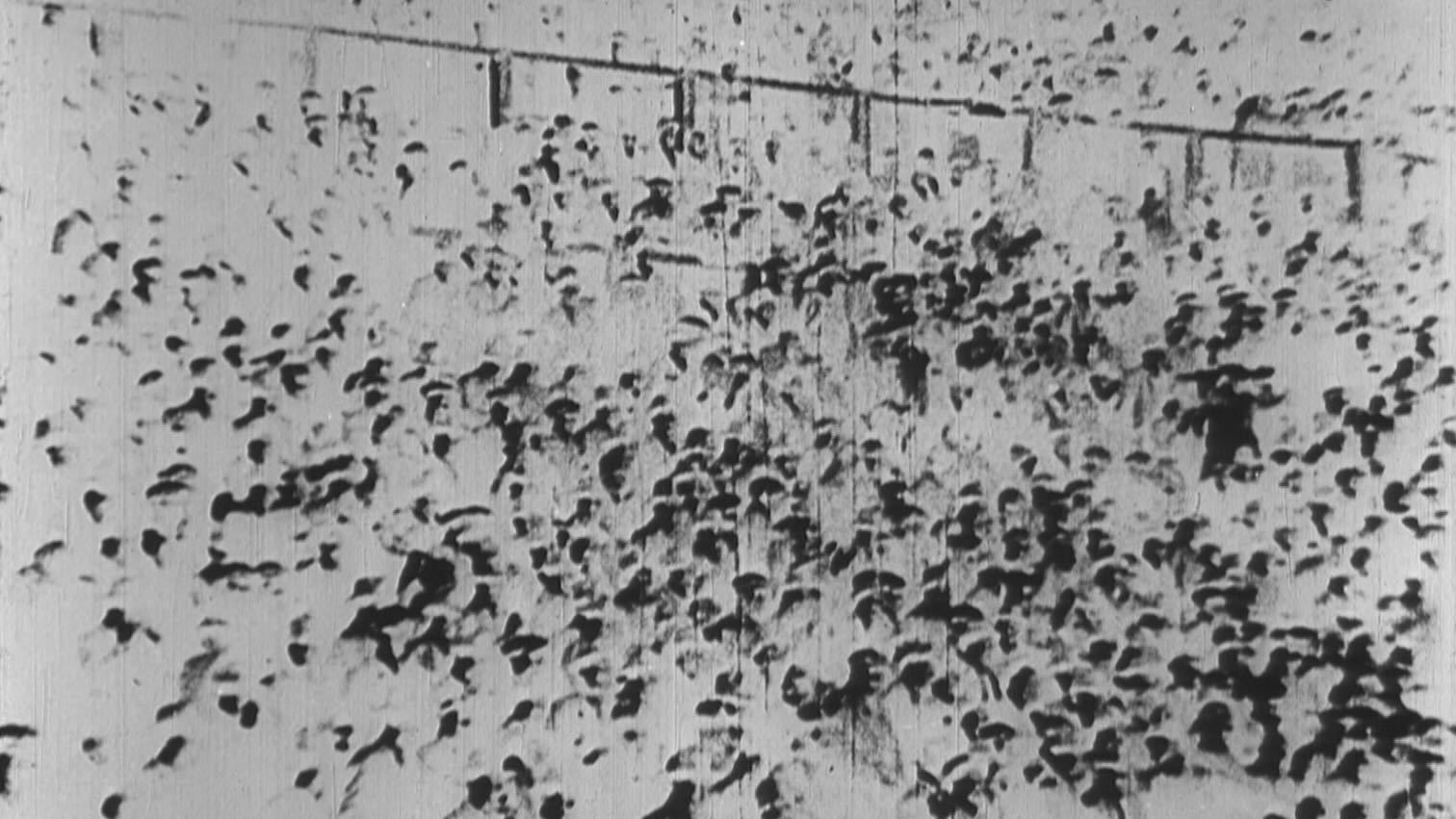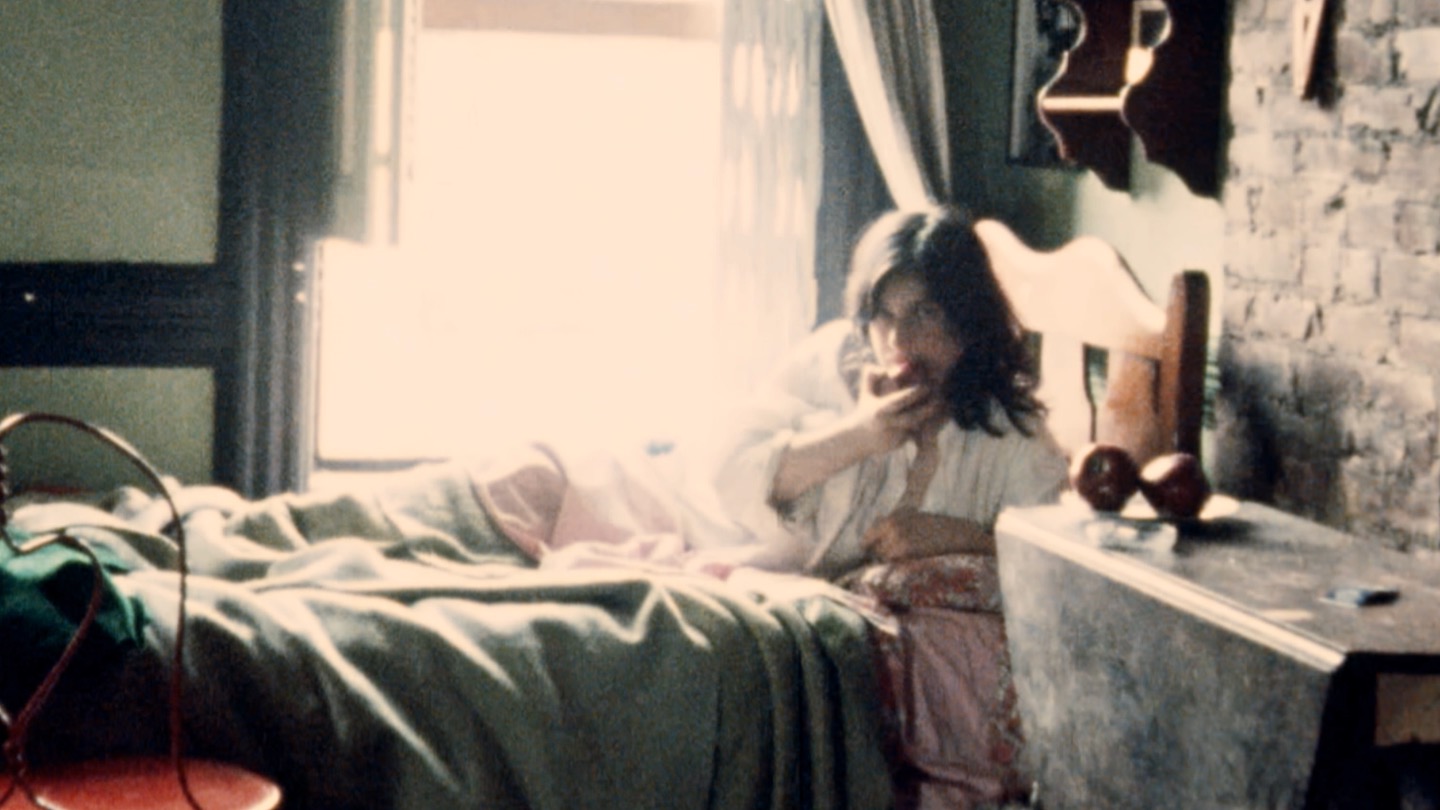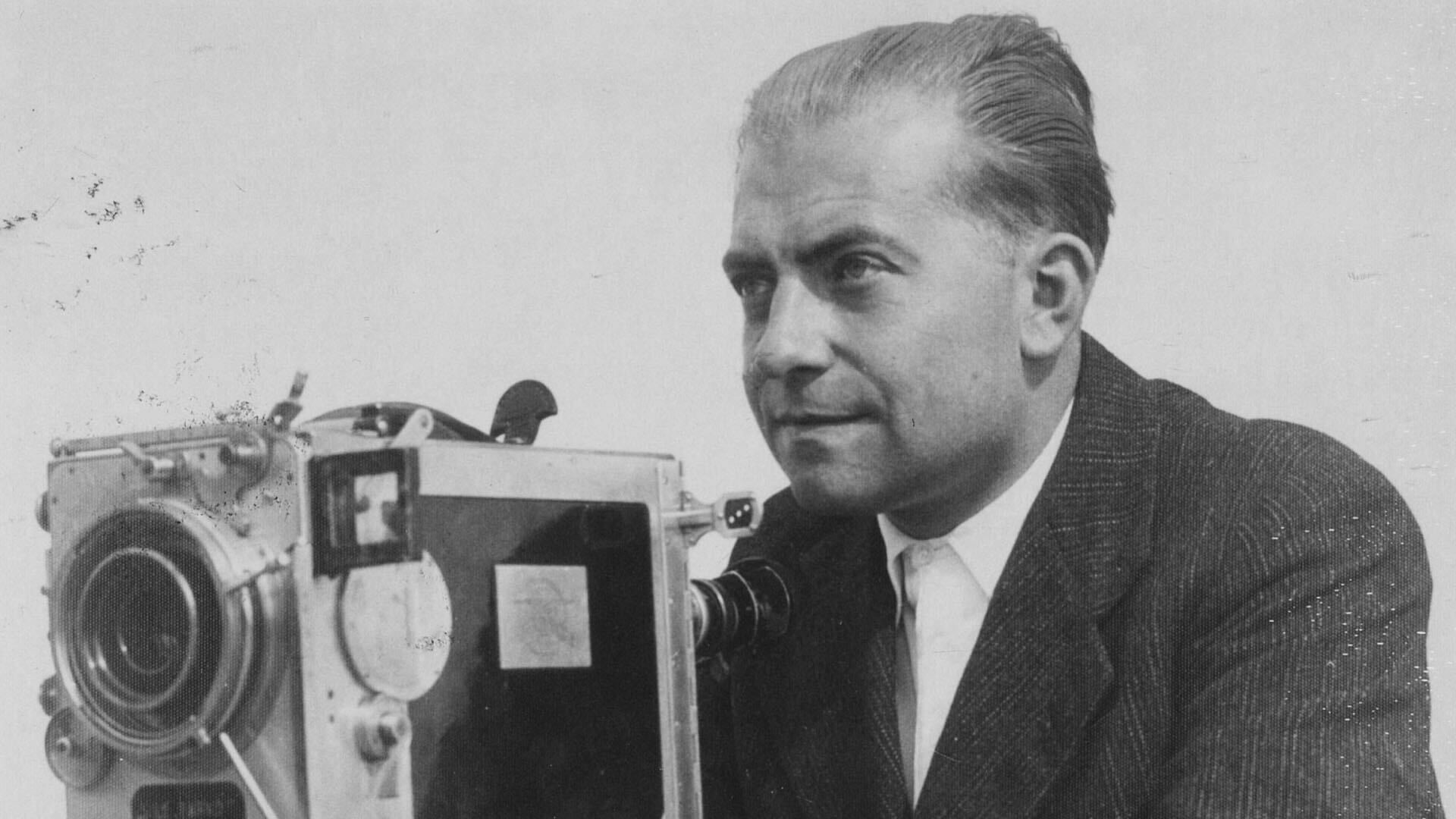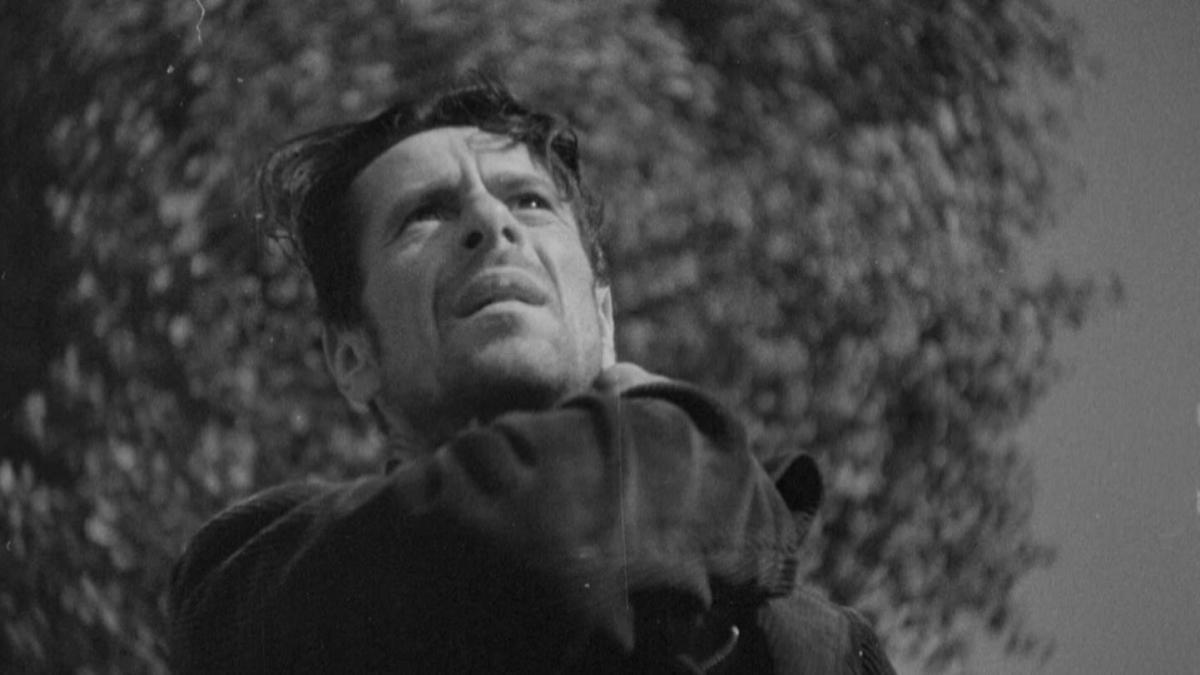
A vagrant mourning the loss of his wife unleashes a chain of strange events in a Flemish village community. In his first feature film, Dekeukeleire combines rural mysticism and avant-garde camera techniques to forge an uncanny love story.

With a purely commercial popular cinema developing in both Brussels and the Flemish region, Charles Dekeukeleire chose to plunge into fiction films in 1937 with a decidedly ambitious screenplay by the novelist Herman Teirlinck. The film was shot in Flanders with non-professional actors from the country and using funds collected together by Henri d’Ursel from a number of rich patrons. Teirlinck’s plot, drawn from one of his plays and centered upon an experimental treatment of time, is a piece of rural phantasy: a vagabond spreads panic throughout a village community, triggering a series of mysterious events which give him a reputation as a sorcerer and evil spirit. Flashbacks explain his dark secret - he tried to drown himself with the woman he loved and their illegitimate child, but he alone survived, half insane. Feeling that Maria too is still alive, he wanders in search of her and dies in peace when she grants him pardon.
In telling this story, Dekeukeleire mixes realism, in the shape of the Flemish countryside with its crops and fields, with a purely formal experimentation in the tradition of his silent films. This is best seen in the dreamlike drowning sequence, with subjective mental images and sound effects (Jean Painlevé supervised the scene), its double-exposures and slow-motion shots, the fluid blurring of time which corresponds to Teirlinck’s intentions. The result is a singular work combining folklore and the fantastic, bucolic lyricism and the refinement of the experimental, a film on the cusp between the silence and the talkies which confused audiences, of course, marking the end of Dekeukeleire’s brief association with fiction films.
“At the time when Dekeukeleire’s films were made, the filmmakers’ sympathizers mainly defended them by pushing them toward abstraction (a poem, a sonata). His detractors, on the other hand, battened onto their incomprehensibility as narratives and their pointless repetitions. The failure of the films to fit into recognizable categories with which the spectators could cope probably contributed to his work’s current obscure position. Brought out again today and exhibited to wider audiences, Dekeukeleire’s experimental films could undoubtedly find sympathetic viewers.”
Kristin Thompson

